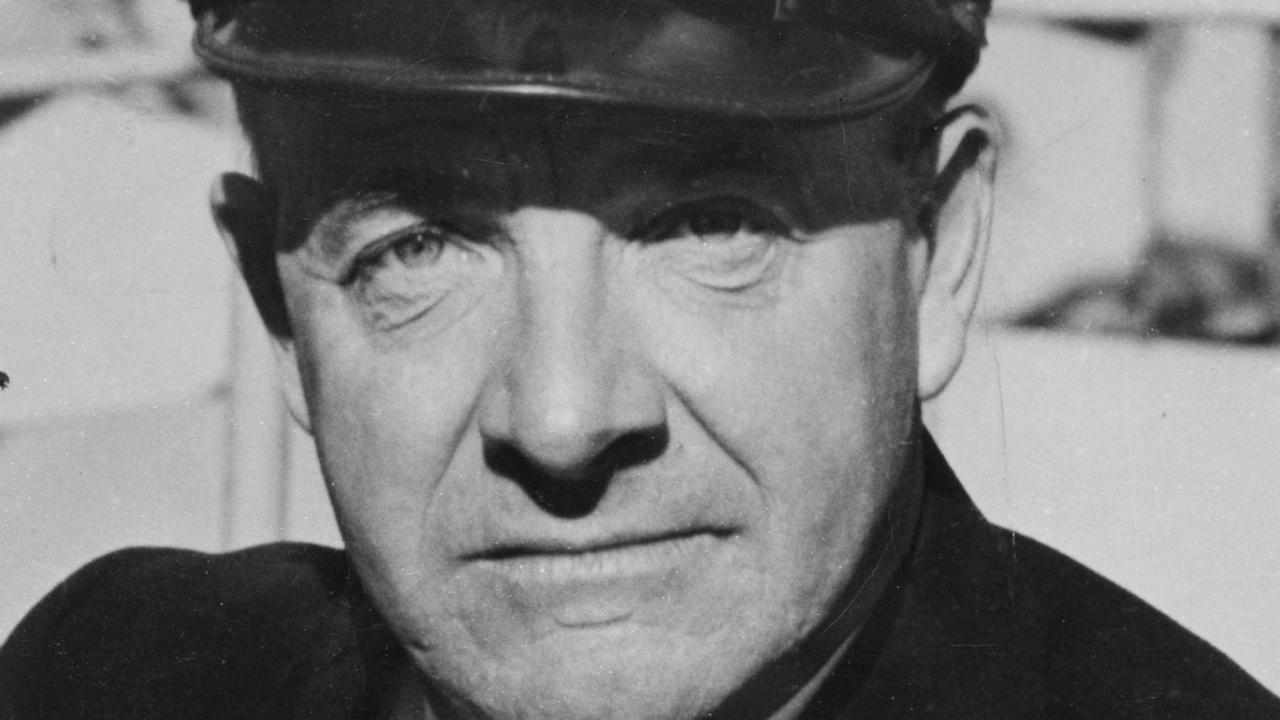Life, love and death under swastika reign of terror
LIFE in Paris deteriorated when France capitulated to Germany in 1940. Laws prohibited women from working without their husband’s permission or holding their own bank accounts, but providing for children and relatives fell to the women of Paris.

Today in History
Don't miss out on the headlines from Today in History. Followed categories will be added to My News.
DECADES before it gained renown as home to Bataclan theatre bomber, Islamic militant Samy Amimour, the north-eastern Paris suburb of Drancy was the mustering point for French Jews transported to German concentration camps.
From 1941 to mid-1945, Drancy interns included jeweller Bernard Herz and French-Jewish banking heiress Beatrice de Camondo.
As a Catholic convert, she ignored ex-husband, composer Leon Reinach’s, advice to flee Paris with their children. Despite the de Camondo’s impeccable connections, the Reinach family was detained at Drancy, where Leon joined 40 detainees to dig an escape tunnel. Discovered by German soldiers in November 1943, Leon and his children Fanny, 24, and Bernard, 21, were taken to nearby Bobigny railway to join convoy 62 to Auschwitz. Beatrice followed in convoy 69 in March 1944.
Their stories are among hundreds told by British author Anne Sebba in Les Parisiennes: How The Women Of Paris Lived, Loved and Died in the 1940s. Sebba recounts the confused desperation of occupied Paris, although in the “phony war” from August 1939 little changed for Paris artistes, designers and socialites.
But daily life deteriorated from June 1940, as German troops arrived in Paris when France capitulated to Germany, with 1 million French soldiers sent to work in German factories. Laws prohibited women from working without their husband’s permission or holding their own bank accounts, but providing for children and elderly relatives fell to the women of Paris.
German intruders regarded Paris women as promiscuous and vain, an opportunity for Elizabeth Arden who sold three shades of iodine as “the silk on your legs without silk stockings”.
At Drancy, 11km from central Paris, a multistorey, low-cost garden-city project, cite de la Muette or Silent City, was built from 1932. One modernist U-shaped building briefly housed low income workers but as France accepted the largest number of immigrants in Europe, the four-storey Drancy block built around a large courtyard housed Spanish Civil War refugees, then French Communists banned in October 1939. After French capitulation, it housed French prisoners, Greek and Yugoslav civilians and British soldiers. From mid-1941, German occupiers instructed Marshal Philippe Petain’s collaborationist Vichy Government to open camps for Jews.
More than 3000 Jews arrested in Paris in May 1941 were sent to Drancy, then in August 4000 French and foreign Jews detained in Paris’ 11th district. With barbed wire fences, Drancy held 5000 prisoners. Overflowing by early 1944, when Nazis banned Red Cross food parcels, transfers to Auschwitz accelerated, with many Jews reported by informants inspired by greed or jealousy.
Inmates then included Helene Barr, a welfare worker with Union Generale des Israelites de France (UGIF), established by the Vichy Government to combine all French Jewish groups, which serviced Drancy inmates after the Red Cross ban.
Although troubled by working for a German-sanctioned organisation, Barr joined secret networks to smuggle Jewish children from Paris, saving nine out of 10 children as one-third of French Jewish adults perished. Arrested in March 1944, Barr was held at Drancy, shipped to Auschwitz and beaten to death at Bergen-Belsen in April 1945.
As Sebba’s vignettes promenade from design salons of Schiaparelli and Chanel to jewel showrooms of Cartier and Van Cleef, she tracks the rise of resistance movements as fear and hunger gripped the city. Arrests extended to England-based resistance leader Charles de Gaulle’s niece Genevieve, detained at a Paris bookshop in 1943 and taken to Fresnes prison. Sent to Ravenbruck women’s concentration camp north of Berlin in February 1944, Nazi SS chief Heinrich Himmler ordered she be kept alive for a prisoner exchange.

Hindustani princess Noor Inayat Khan, recruited by England’s Special Operations Executive, was arrested in October 1943 and interrogated at SiPo-SD, or Reich security service offices in a grand mansion at 84 Avenue Foch, near the Arc de Triomphe. She escaped, was recaptured, sent to Pforzheim prison, then Dachau, where she was executed in September 1944.
French Communist Lise London, married to Czech Jew Artur London, in 1999 articulated the mood of Paris resistance fighters.
London spent weeks organising a 1942 uprising against Nazi occupation and food shortages. The night before the protest, the couple did not sleep and instead made love until dawn. “We sensed we weren’t going to see each other for a long time, maybe never again,” she said. Shot at the protest, London escaped. Caught 11 days later and sentenced to death, being heavily pregnant she was sent to Ravensbruck.
Les Parisiennes, by Anne Sebba, Hachette, $32.99
Originally published as Life, love and death under swastika reign of terror


